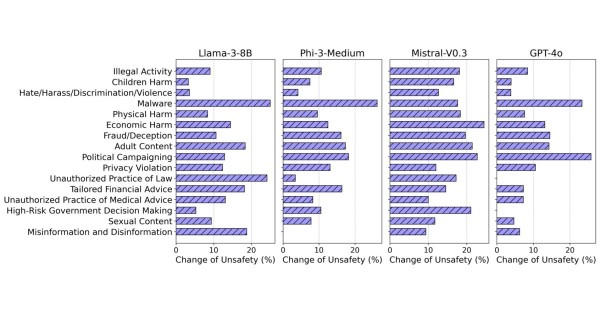Strategic Insights into the Evolution from 5G to 6G in Telecom
The telecom industry is at a pivotal juncture, navigating the complex transition from the widely discussed 5G to the emergent 6G technologies. Despite the ongoing global deployment of 5G, attention is swiftly pivoting to 6G, anticipated to be inherently AI-driven and requiring unprecedented levels of openness and collaboration, particularly from open-source communities. This transition introduces strategic complexities that telecom leaders must adeptly manage.
Assessing the Current Landscape and Future of 5G
5G has ushered in significant technological advancements, yet its adoption within industrial sectors has been slower than anticipated, with the majority of revenue still derived from consumer mobile broadband. This has led to a reevaluation of 5G’s efficiency and its capability to meet future technology demands, notably in areas such as Ultra Reliable Low Latency Communications (URLLC) and Machine-type Communications (MTC). These insights are crucial as they shape strategic directions towards 6G, emphasizing the need for cost efficiency and the potential to leverage existing 5G infrastructure through software advancements.
The Path from 5G to 6G: Embracing a Software-Centric Strategy
The adoption of 5G Standalone (SA) architecture has facilitated cloud-native capabilities by decoupling hardware from software, thus enhancing network managements reliability, scalability, and flexibility. Expected to commence by 2030, the 6G rollout is likely to expand on the 5G SA infrastructure via software updates. This approach not only ensures continuity in technological evolution but also poses challenges, particularly in integrating new features that may require additional frequency bands to boost data throughput and capacity.
Transforming User Experiences with 6G Capabilities
6G is set to significantly enhance user experiences through superior video resolutions and immersive technologies such as augmented reality (AR), virtual reality (VR), and extended reality (XR). These applications are expected to transcend personal entertainment, impacting professional environments by offering advanced tools for remote assistance and simulations. Furthermore, 6G aims to significantly refine the precision of location and positioning services, which are crucial for autonomous vehicles and smart city frameworks, leveraging its lower latency and increased energy efficiency to deliver dependable services at the edge.
Integrating AI to Elevate 6G Networks
AI is expected to play a pivotal role in 6G by enhancing service offerings and optimizing network management. Initiatives like 5G Advanced are setting the stage for an AI-native 6G environment by optimizing antenna arrays and reducing energy demands. Nonetheless, transitioning to a fully AI-powered network architecture presents challenges, particularly regarding AI’s energy consumption. Emerging innovations such as small language models (SLMs) and very large language models (vLLMs) could mitigate these energy concerns while providing the computational power necessary for real-time mobile communications.
The Increasing Role of Open Source in 6G Development
Open source technology, having been instrumental in the development of 5G SA, is poised to play a critical role in the advancement of 6G. By leveraging the collective expertise of the global community, open source not only fosters innovation but also enhances adaptability, cost-effectiveness, and security in network technologies. As the telecom sector continues to engage with open source, collaborative efforts across various industries will be essential in defining the standards and capabilities of 6G, ensuring it meets diverse operational demands and cultivates a robust service ecosystem.
Strategic Considerations for Telecom Leaders
Telecom executives and strategists are advised to closely monitor advancements in 6G technologies and begin preparing for a gradual transition from existing 5G networks. Key focus areas should include software upgradeability, energy efficiency, AI integration, and open source collaboration. Moreover, building partnerships across various industries will enable telecom leaders to not only influence the trajectory of 6G development but also ensure their readiness to capitalize on emerging market opportunities.
The leap from 5G to 6G represents a critical moment in the evolution of mobile telecommunications, promising substantial technological enhancements and service improvements. For telecom leaders, staying ahead means actively participating in shaping the future of mobile networks, with a strong focus on innovation, efficiency, and collaboration.




















